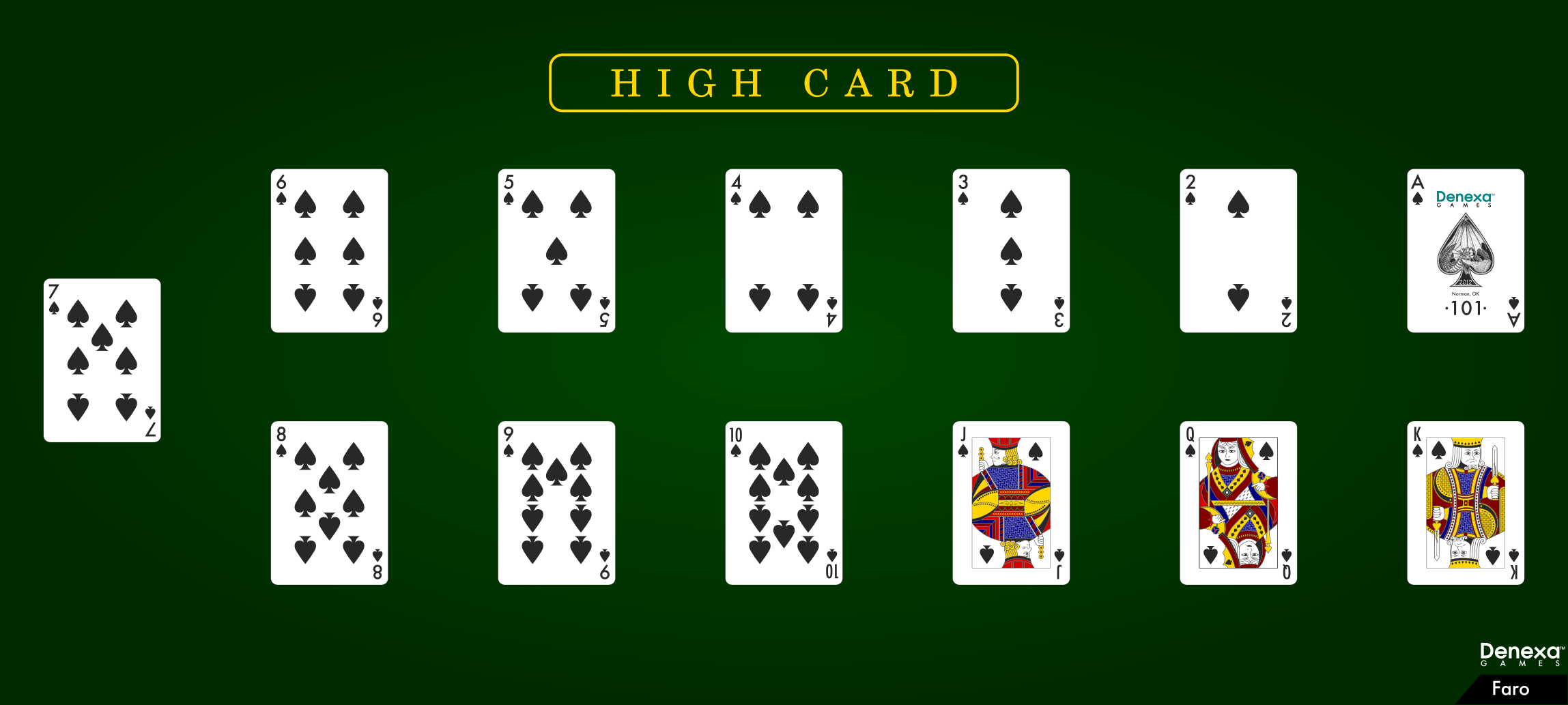

Faro is one of the oldest gambling games played with cards. References to the game are found in France during the reign of Louis XIV (late 1600s early 1700s). It was a favourite of highborn gamblers throughout Europe well into the 19th century.
Faro Gambling Game

Faro was introduced to the United States in the mid 1800s. It was common in American gaming rooms, especially in the West, until 1915, the game had all but vanished by 1925, except in a few Nevada casinos. There were only five games in Nevada by the mid 1950s and the last game closed down in 1985. Today it has all but vanished from the gambling scene, mostly due to the low house percentages that the game offers, and few gamblers today are even aware of the game.

But during its heyday in the late 1800s it was so popular that all other forms of gambling combined didn't suppass it. And it also had rampant cheating associated with it, probably due to the low house percentage, but this didn't affect its popularity. The house edge in a straight game of Faro is only 0.23 percent on a straight winning/losing card bet. Cheating was so prevalent that the English magician John Maskelyne devoted an entire chapter to the game and the methods of cheating employed in his 1894 book 'Sharps and Flats: A Complete Revelation of the Secrets of Cheating at Games of Chance and Skill.'

FaroX
Faro is one of the oldest gambling games played with cards. References to the game are found in France during the reign of Louis XIV (late 1600s early 1700s). It was a favourite of highborn gamblers throughout Europe well into the 19th century.
Faro Gambling Game
Faro was introduced to the United States in the mid 1800s. It was common in American gaming rooms, especially in the West, until 1915, the game had all but vanished by 1925, except in a few Nevada casinos. There were only five games in Nevada by the mid 1950s and the last game closed down in 1985. Today it has all but vanished from the gambling scene, mostly due to the low house percentages that the game offers, and few gamblers today are even aware of the game.
But during its heyday in the late 1800s it was so popular that all other forms of gambling combined didn't suppass it. And it also had rampant cheating associated with it, probably due to the low house percentage, but this didn't affect its popularity. The house edge in a straight game of Faro is only 0.23 percent on a straight winning/losing card bet. Cheating was so prevalent that the English magician John Maskelyne devoted an entire chapter to the game and the methods of cheating employed in his 1894 book 'Sharps and Flats: A Complete Revelation of the Secrets of Cheating at Games of Chance and Skill.'
Free Online Gambling For Fun
Faro was a casino card game but it was played in a manner quite different from any of the common gambling games available today. Faro was a 'banking' game in which any number of players could play against the dealer or the house, referred to as the 'bank.'. Faro is a gambling card game that was a derivation of a card game called Basset. Faro originated in France in the late 17th century. First known as Pharaon, it became extremely popular in Europe in the 18th century. With its name shortened to Pharo or Faro, it soon spread to America and became the favored game during the California Gold Rush.
Faro Card Game
Other historical notables that played or dealt Faro include Wild Bill Hickok, Wyatt Earp, Bat Masterson, and Doc Holliday.

